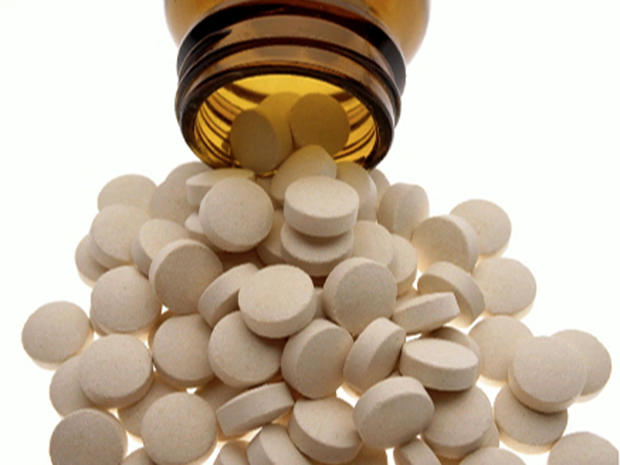Analysis: High prevalence of painkiller sales turning America into painkiller nation
(AP) NEW YORK - Sales of the two most popular prescription painkillers in the United States have exploded in new parts of the country, an Associated Press analysis shows, worrying experts who say the push to relieve patients' suffering is spawning an addiction epidemic.
Drug Enforcement Administration figures show dramatic rises between 2000 and 2010 in the distribution of oxycodone, the key ingredient in OxyContin, Percocet and Percodan. Some places saw sales increase sixteenfold.
Meanwhile, the distribution of hydrocodone, the key ingredient in Vicodin, Norco and Lortab, is rising in Appalachia, the original epicenter of the U.S. painkiller epidemic, as well as in the Midwest.
The increases have coincided with a wave of overdose deaths, pharmacy robberies and other problems in New Mexico, Nevada, Utah, Florida and other states. Opioid pain relievers, the category that includes oxycodone and hydrocodone, caused 14,800 overdose deaths in 2008 alone, and the death toll is rising, the Centers for Disease Control and Prevention says.
Across the U.S., pharmacies received and ultimately dispensed the equivalent of 69 tons of pure oxycodone and 42 tons of pure hydrocodone in 2010, the last year for which statistics are available. That's enough to give 40 5-mg Percocets and 24 5-mg Vicodins to every person in the United States. The DEA data records shipments from distributors to pharmacies, hospitals, practitioners and teaching institutions. The drugs are eventually dispensed and sold to patients, but the DEA does not keep track of how much individual patients receive.
The increase is partly due to the aging U.S. population with pain issues and a greater willingness by doctors to treat pain, said Gregory Bunt, medical director at New York's Daytop Village chain of drug treatment clinics.
Sales are also being driven by addiction, as users become physically dependent on painkillers and begin "doctor shopping" to keep the prescriptions coming, he said.
"Prescription medications can provide enormous health and quality-of-life benefits to patients," Gil Kerlikowske, the U.S. drug czar, told Congress in March. "However, we all now recognize that these drugs can be just as dangerous and deadly as illicit substances when misused or abused."
Opioids like hydrocodone and oxycodone can release intense feelings of well-being. Some abusers swallow the pills; others crush them, then smoke, snort or inject the powder.
Unlike most street drugs, the problem has its roots in two disparate parts of the country -- Appalachia and affluent suburbs, said Pete Jackson, president of Advocates for the Reform of Prescription Opioids.
"Now it's spreading from those two poles," Jackson said.
A few areas that include military bases or Veterans Affairs hospitals have seen large increases in painkiller use because of soldier patients injured in the Middle East, law enforcement officials say.
Experts worry painkiller sales are spreading quickly in areas where there are few clinics to treat people who get hooked, Bunt said.
In Utica, New York, Patricia Reynolds has struggled to find treatment after becoming dependent on hydrocodone pills originally prescribed for a broken tailbone.
The nearest clinics offering Suboxone, an anti-addiction drug, are an hour's drive away in Cooperstown or Syracuse. And those programs are full and are not accepting new patients, she said.
"You can't have one clinic like that in the whole area," Reynolds said. "It's a really sad epidemic. I want people to start talking about it instead of pretending it's not a problem and hiding."
